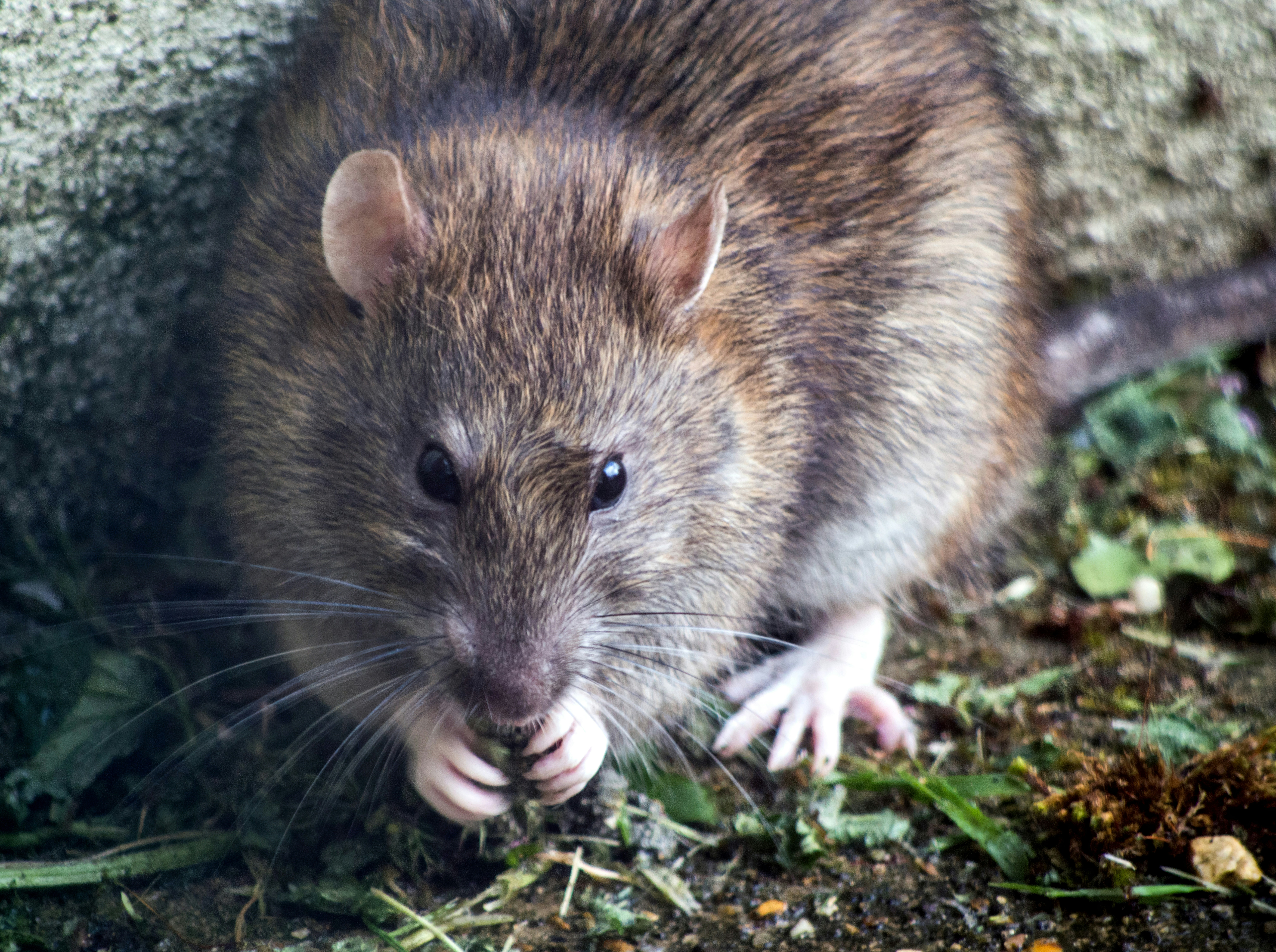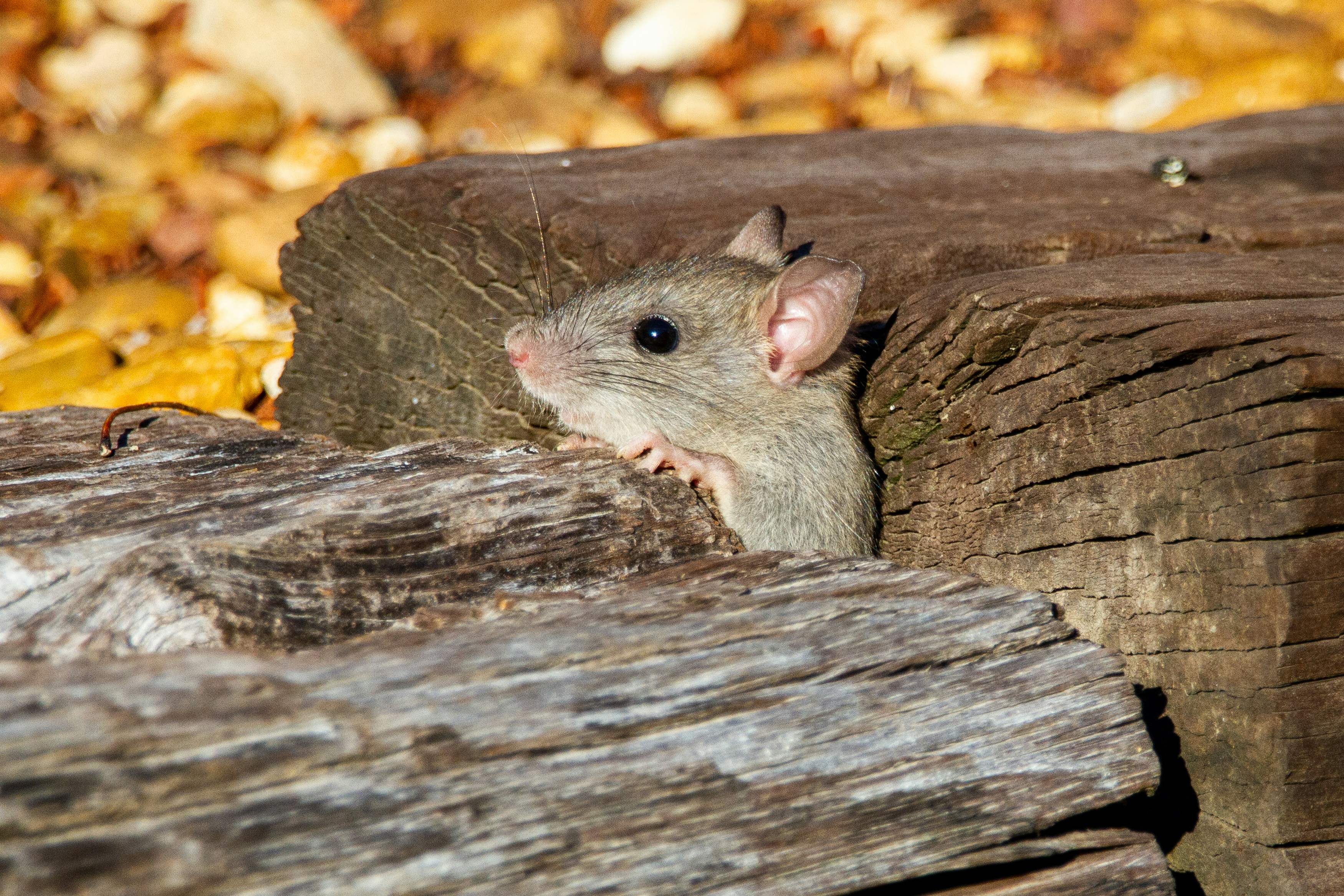Recent research has illuminated a lesser-known aspect of their palate: a distinct affinity for starch-derived polysaccharides. This revelation challenges conventional wisdom and opens a window into the intricate world of rodent taste perception.
Studies show that rats not only detect but actually prefer polysaccharides like Polycose over traditional sugars, particularly at lower concentrations. This preference emerges early in their development, suggesting an innate, rather than learned, inclination toward these complex carbohydrates.
Behavioral experiments underscore this preference, revealing that rats perceive Polycose differently from sucrose. They exhibit distinct reactions in conditioned taste tests, implying separate sensory pathways for polysaccharides and sugars. Electrophysiological studies further support these findings, demonstrating that chemical interventions like copper chloride selectively affect nerve responses to sugars while leaving Polycose reactions relatively unaffected. This divergence hints at distinct taste channels dedicated to these different compounds.
Moreover, polysaccharides elicit unique neural responses in the nucleus tractus solitarius, a brain region crucial for taste processing. Unlike sugars, Polycose does not trigger a cephalic phase insulin response, indicating divergent metabolic consequences from their sweet counterparts.

The evolutionary rationale behind this preference likely lies in the identification of starch-rich foods, essential for energy acquisition and survival in the wild. Rats’ ability to detect even trace amounts of starch underscores the importance of this sensory ability in their foraging behavior. However, the specific receptors responsible for detecting polysaccharides remain a subject of ongoing investigation.
In essence, while rats are renowned for their sweet tooth, their equally strong attraction to polysaccharides reveals a more complex and nuanced gustatory world. Understanding these preferences not only enhances our understanding of rodent behavior but also provides insights into broader questions of taste perception and its evolutionary context

As research continues to unravel the intricacies of rodent taste, one thing remains clear: the rat’s palate is a fascinating realm where sweetness and starchiness converge in surprising ways.
Next time you observe a rat nibbling on something seemingly ordinary, consider the sophisticated sensory mechanisms at play. Their taste for starch not only guides their dietary choices but also reflects a finely tuned evolutionary adaptation that warrants further exploration.
















